Top Things to Know Before Buying House Plants That Like Shade
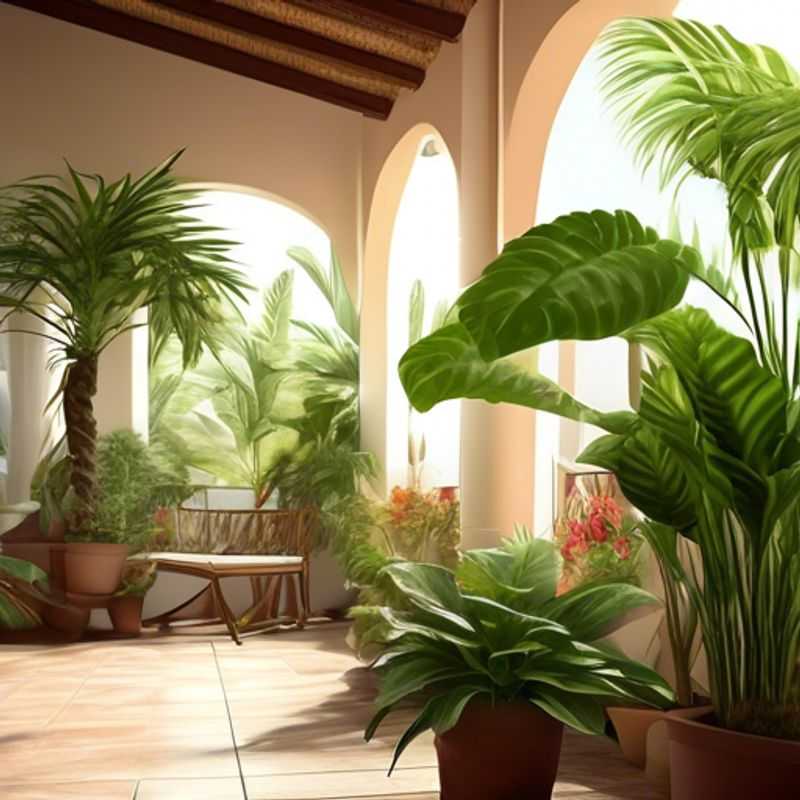
Top Things to Know Before Buying Shade-Loving House Plants: A Guide for Indoor Greenery
Bringing the beauty of nature indoors is a fantastic way to enhance your living space, but choosing the right houseplants is crucial. While many crave bright light, a surprising number thrive in the shade.

Understanding the Lighting Needs of Shade-Loving Plants: A Practical Guide
Understanding the lighting requirements of shade-loving plants is crucial for their successful growth. These plants thrive in dappled or filtered sunlight, often preferring the shade of trees or buildings. Direct sunlight can be detrimental to their well-being, leading to leaf scorch and wilting.
To determine the ideal light conditions for a specific shade-loving plant, it's important to consider its natural habitat. Plants that originate in dense forests or understory environments typically need more shade than those adapted to open woodlands or meadows.
When selecting a location for a shade-loving plant, look for areas that receive a minimum of four hours of indirect sunlight per day. These areas may include beneath trees with a light canopy, near a north-facing wall, or shaded by structures.
Observing your plant's growth and appearance is key to ensuring its optimal lighting. If leaves are losing their vibrant color or becoming pale, it could indicate insufficient light. Conversely, if leaves are browning or wilting, it may be a sign of too much direct sunlight.
Adjusting the plant's location slightly to maximize its access to filtered sunlight can often resolve lighting issues. By understanding the unique needs of your shade-loving plants and providing them with the appropriate lighting conditions, you can ensure their healthy growth and vibrant beauty.
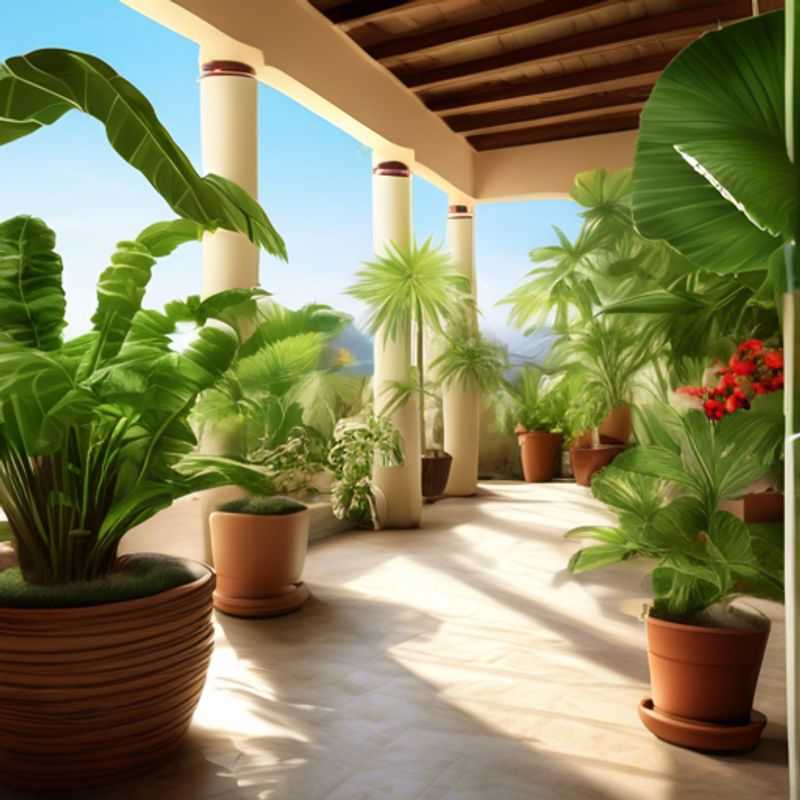
Unlocking Plant Success: Researching the Ideal Soil Moisture Levels
Knowing your plant's ideal soil moisture levels is crucial for healthy growth. While each plant has its own needs, there are some general guidelines you can follow. Always check the specific needs of your chosen plants before watering them.
Avoid overwatering. This can lead to root rot and other problems. The best way to check for moisture is to stick your finger into the soil. If it feels dry to the touch, it's time to water.
Different types of soil retain moisture differently. Sandy soil drains quickly while clay soil retains water for longer. Consider the type of soil your plants are in when deciding how often to water.
Use a moisture meter to get a precise reading of soil moisture. This is particularly helpful for plants with specific needs. Moisture meters can be purchased online or at garden centers.
Pay attention to environmental factors. Hot, dry weather will cause soil to dry out faster, while cool, humid weather will slow down the drying process.
Observing your plant's leaves can also provide clues about its moisture needs. Wilting leaves indicate a lack of water, while yellowing or brown leaves can be signs of overwatering.
Watering deeply and infrequently is better than shallow, frequent watering. This encourages deep root growth and helps prevent fungal diseases.
Experiment and adjust your watering routine as needed. No two plants are exactly alike, so finding the right balance for your individual plant is key.
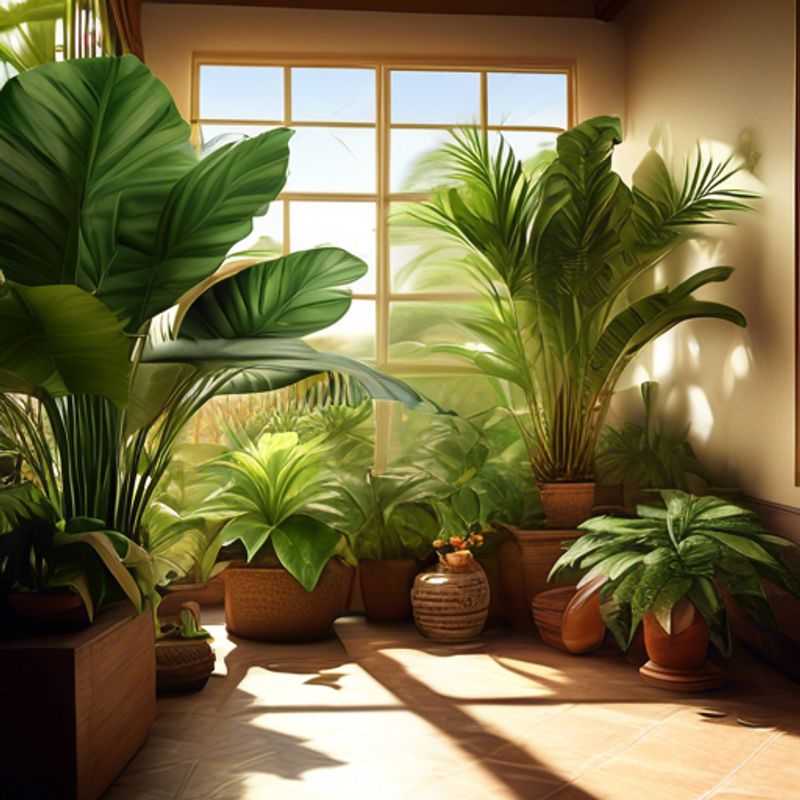
Choosing the Right Plant Size for Your Home: A Practical Guide
When choosing plants for your home, consider the size they will eventually reach and the space you have available. A large plant in a small room can feel overwhelming, while a small plant in a large space may get lost. It's helpful to research the mature size of the plant you are interested in. This will give you an idea of how much space it will require as it grows.
Also, think about the plant's growth habit. Some plants grow tall and narrow, while others spread out horizontally. Matching the plant's growth habit to your available space is essential for both aesthetic and practical reasons.
Measure the area where you want to place your plant. Consider the distance from walls, furniture, and other objects. This will help you visualize how the plant will fit into the space and whether it will be too large or too small.
Don't forget about the weight of the plant and the pot. A heavy plant in a large pot can be difficult to move around. If you plan to move the plant regularly, consider choosing a lighter option.
Finally, take into account the natural light levels in your home. Some plants need a lot of direct sunlight, while others prefer shade. Choose plants that are well-suited to the lighting conditions in your home.
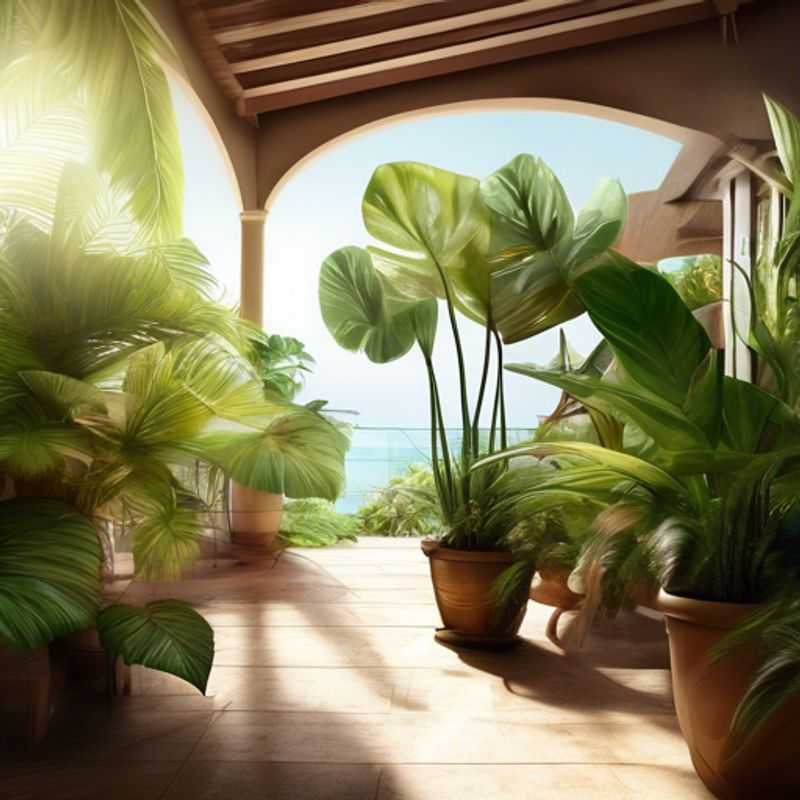
Shade-Loving Plants: A Guide to Their Specific Care Needs
Shade-loving plants, often called "shade-tolerant", thrive in dappled or filtered sunlight. These plants adapt well to low-light conditions and require different care approaches than their sun-loving counterparts. To keep your shade garden flourishing, understand the specific needs of each variety. Moisture is crucial for shade plants; keep the soil consistently moist but not soggy. Watering frequently, especially during dry periods, is essential. Mulching around the base of plants helps retain moisture, suppress weeds, and regulate soil temperature. Choose a mulch that suits your garden aesthetic and is readily available in your area.
Fertilizing is important to replenish nutrients in the soil. Use a balanced fertilizer specifically formulated for shade plants. Over-fertilizing can harm plants, so stick to the recommended dosage. Pruning helps maintain plant health and shape. Remove dead or diseased branches and leaves to encourage new growth. However, avoid pruning during harsh weather conditions as it can stress the plant. Regularly inspect for pests and diseases and address them promptly. Early intervention can prevent widespread problems. With these simple steps, you can cultivate a lush and vibrant shade garden. Remember, research specific care requirements for individual plant varieties for optimal growth.
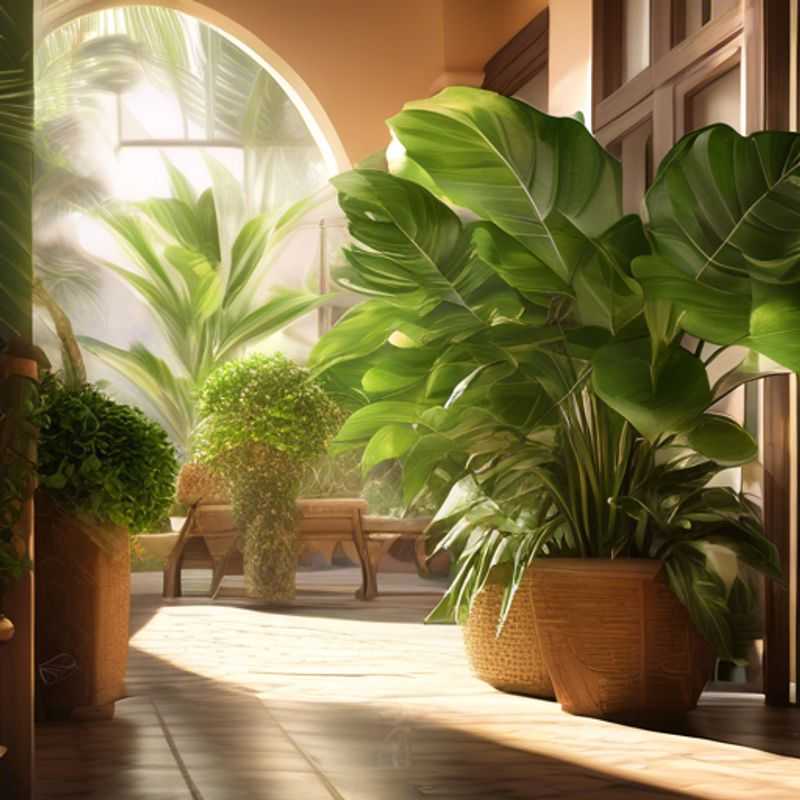
Humidity 101: How to Keep Your Plants Happy and Thriving
Maintaining the right humidity for your plants is crucial for their health and growth. Humidity refers to the amount of moisture in the air. Plants thrive in different humidity levels, so understanding your plant's needs is essential.
Some plants, like ferns and orchids, prefer high humidity environments. You can increase humidity by grouping plants together, using pebble trays, or placing a humidifier near your plants. Regular misting can also help, but it only provides temporary moisture.
Other plants, like succulents and cacti, prefer low humidity conditions. Excessive humidity can lead to root rot and other fungal diseases. You can reduce humidity by using fans, placing plants near air vents, or avoiding overwatering.
Monitoring your plants closely is important, as signs of low or high humidity include wilting leaves, brown spots, and stunted growth. Adjusting your care routine as needed will help your plants flourish.
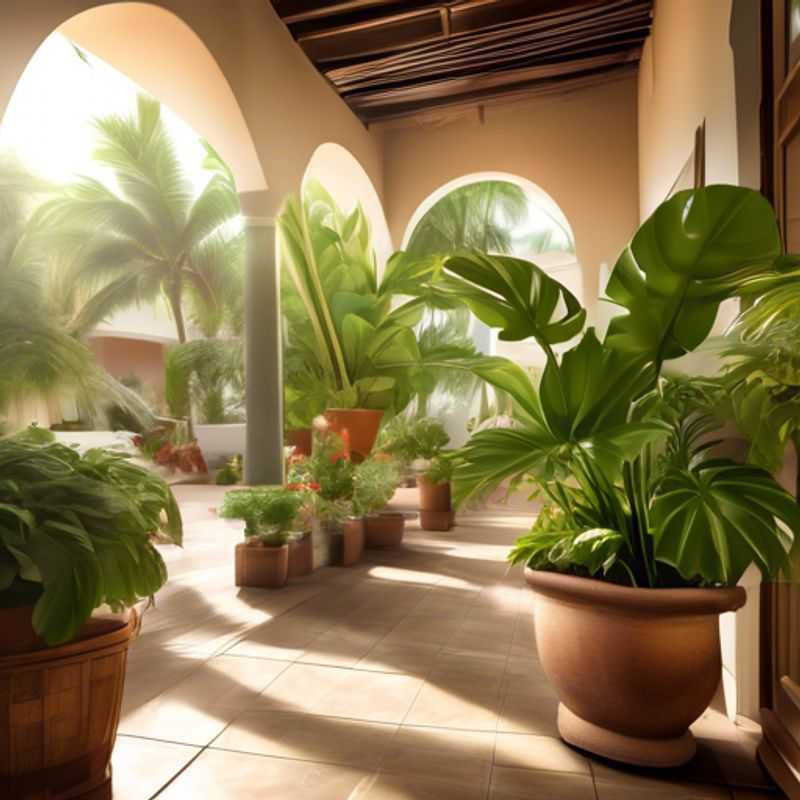
Know Your Enemy: Common Pests and Diseases Affecting Shade Plants
Shade plants, while thriving in low-light conditions, are still susceptible to common pests and diseases. Knowing these common culprits can help you prevent problems and keep your plants healthy.
Common Pests:
Aphids are tiny insects that suck sap from leaves, causing distortion and yellowing. Spider mites also feed on sap, creating fine webbing on leaves. Scale are armored insects that attach themselves to stems and leaves, sucking sap and leaving behind sticky honeydew. Slugs and snails leave slimy trails and chew on leaves, causing damage.
Common Diseases:
Powdery mildew is a fungal disease that appears as white, powdery patches on leaves, causing them to yellow and drop. Leaf spot, another fungal disease, creates brown or black spots on leaves, weakening the plant. Root rot, often caused by overwatering, affects the roots, causing wilting and yellowing of leaves.
Prevention and Control:
Early detection is key. Regularly inspect your plants for signs of pests or disease. Maintain good plant health by providing proper watering, drainage, and air circulation. Remove infected leaves or stems promptly. Consider using organic pest control methods like insecticidal soap or neem oil. Be cautious with chemical pesticides, as they can harm beneficial insects and the environment.
By familiarizing yourself with these common pests and diseases, you can take proactive steps to ensure the health and beauty of your shade plants.
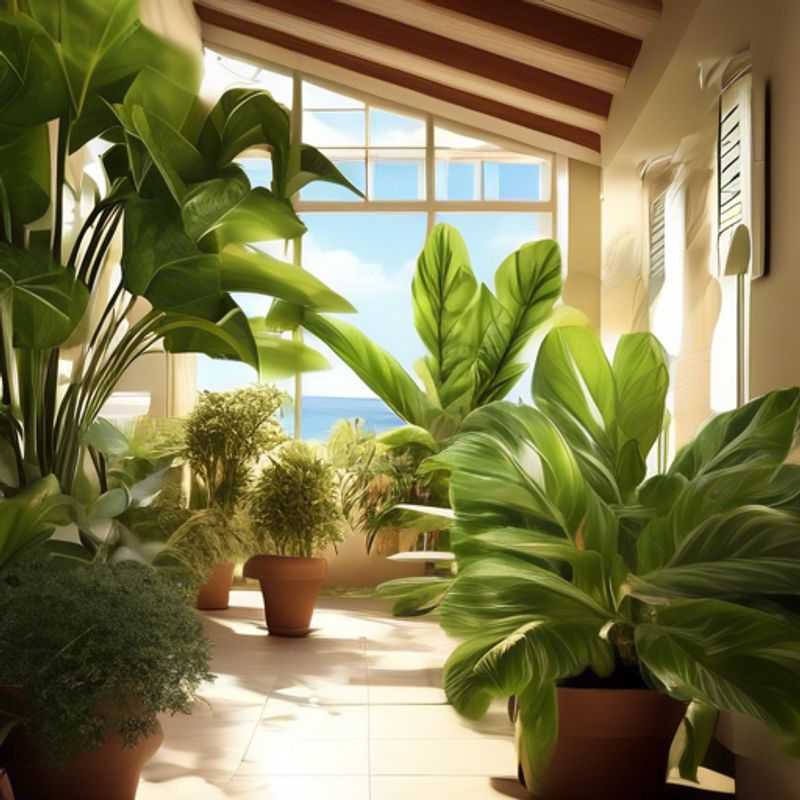
The Right Tools for Plant Success: Equipping Yourself for Healthy Greenery
Having the right tools and equipment can make a world of difference when it comes to caring for your plants. You'll need to consider your individual needs and the specific plants you're tending to. But here's a quick rundown of essentials for most gardening setups:
Watering Tools: A watering can with a spout that allows for precise watering is essential. A hose with a nozzle offers greater control and reach, especially for larger gardens. You'll also want to invest in a watering wand, a tool that helps to prevent overwatering and evenly distribute water. If you have hanging plants, a watering can with a long spout is your best bet.
Soil and Plant Care: A good quality potting mix is crucial. A soil pH testing kit is helpful for ensuring your plants are getting the proper nutrients. Pruning shears come in handy for shaping your plants and removing dead or diseased parts. For transplanting, a trowel, gardening gloves, and a small hand rake will make the job easier.
Pest Control: Organic pesticides and insecticides can be used to combat pests in your garden. You might also find a good set of insect traps beneficial. A basic magnifying glass helps you closely inspect your plants for pests. A spray bottle can be used for applying pesticides or organic solutions.
Additional Tools: A garden hose with a nozzle offers versatility. You might consider a fertilizer spreader for even application of nutrients. A wheelbarrow is handy for carrying larger items or soil. Finally, a garden journal can help you track your plants' progress and growth, allowing you to better understand their needs.
It's important to note that some tools and equipment are optional depending on your specific garden and needs. You can always add additional items as you gain experience and learn more about your plants. Remember that by investing in good quality tools and equipment, you are ensuring the longevity and health of your plants, making your gardening experience more enjoyable and rewarding.
